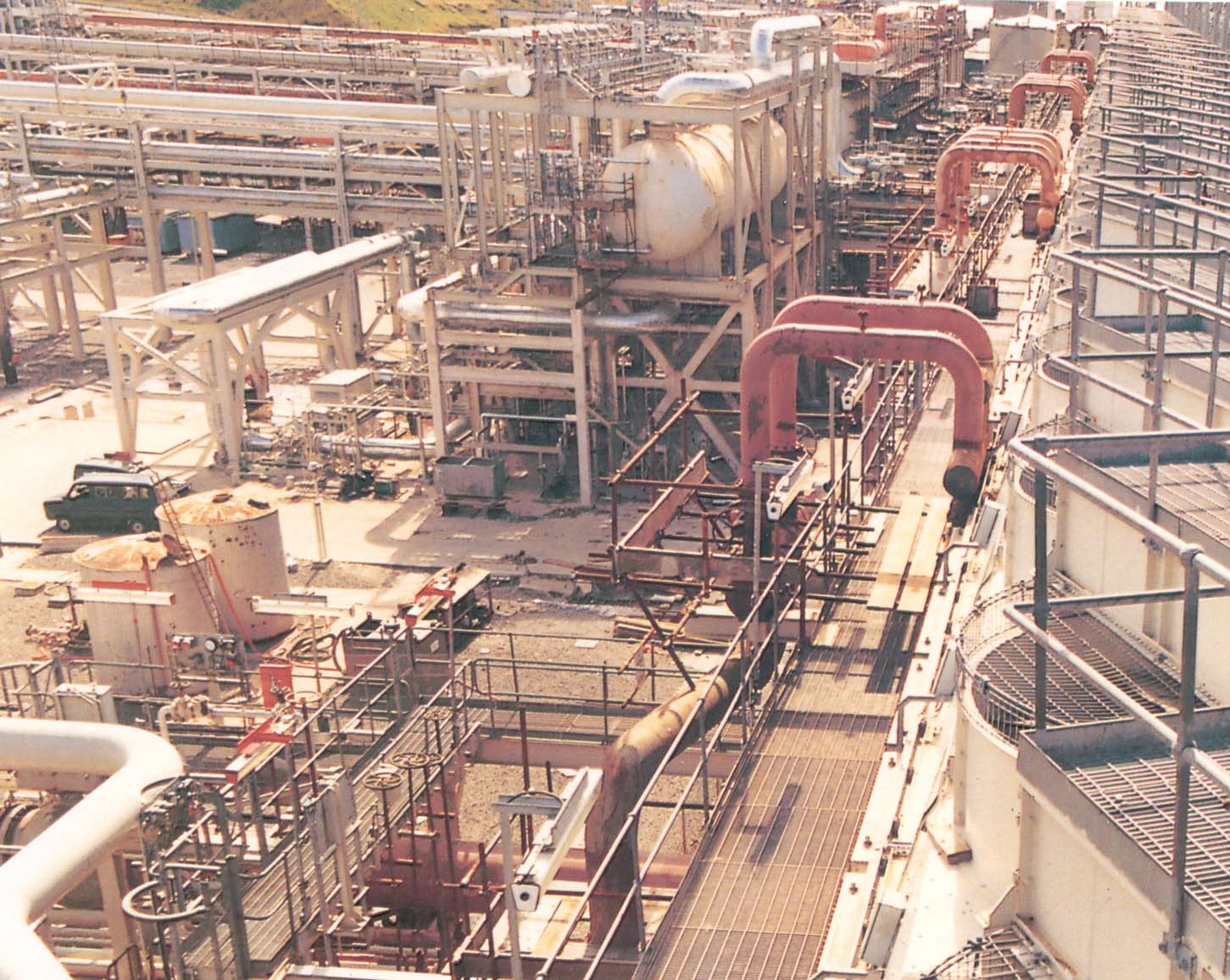News
Which alloys should be used in different types of corrosion
General Corrosion
General corrosion is the most common form of corrosion that causes greatest mass loss of metal. It is attributed by uniform corrosion of the whole area subjected to the corrosive condition. Steel rust when it is exposed to weather is a common example. As the corrosion is linear with time, the service life of the equipment subject to general corrosion is adequately predictable. Localized corrosion modes like pitting, crevice and stress corrosion are tough to determine and cause premature equipment failures. Uniform corrosion rates can be stated as an average metal thickness loss with the passage of time, mils per year. Alloys ordered according to their general corrosion is SS 304, 316l, 2205, Inconel 625 and Hastelloy C276.
The selection of alloy is based on the specific corrosive environment. Specific examples include hot concentrated caustic, where commercially pure nickel or high nickel alloy 600 are used. For sulfuric acid, inclusions of both molybdenum and copper are useful. Although for chlorides, a higher molybdenum alloy is recommended. For use in nitric acid based applications, stainless steel 304l or low carbon grade of 310 is used.
Pitting and Crevice corrosion
Pitting and crevice corrosion are usually used by chlorides. Molybdenum is the alloying element that provides essential resistance. Nitrogen improves the effect of molybdenum. Significant resistance to pitting corrosion is the critical pitting temperature that is the maximum temperature at which an alloy prevents pitting in a given condition. Similarly crevice corrosion may be signified as the critical crevice corrosion temperature. It is a crevice corrosion that is a limiting factor in the application. Inconel 625 provides adequate resistance to be a significant material for use in hot seawater.
Lower molybdenum grades Duplex stainless steel 2205 are often unsuitable for service in seawater. For the maximum localized corrosion alloys C276, C22 or Inconel 625 should be considered.
Stress corrosion cracking
Stress corrosion cracking is the mode of failure for a considerable percentage of 304L and 316L stainless chemical process equipment. For stress corrosion cracking to occur in stainless steels following conditions are responsible: tensile stress, temperature above 120oF and chlorides. The cause of tensile stress is often a combination of residual forming and welding stress. The magnitude of chlorides in trace levels present in the cooling water and or from the product also. When it is not possible to eliminate chlorides from concentrating, it is recommended to change the alloy.
Here using cost-effective materials like Inconel bars is recommended. These alloys resist corrosion in various environments. More severe, low pH, environments need higher nickel grades like Inconel 625. High nickel alloys are useful to resist chloride based stress corrosion cracking.
Machining of Nickel alloys
Nickel alloys work harden quickly during machining hence they need more power to cut as compare to mild steels. Machine tools should be rigid and used to below 75% of their rate capacity. Work piece and tool should be held firmly, tool overhang should be reduced. Rigidity is specifically essential while machining titanium because titanium has very low modulus elasticity. Work pieces of titanium defect under tool pressures resulting into chatter, tool rubbing and tolerance problems.



